Home / Taste

To learn more about the uniqueness of a place and its traditions, a dinner conversation is the perfect place to start. At home, surrounded by wooden kitchen sofas, embroidered words of wisdom and shoe racks, you will find the most genuine food experiences Swedish Lapland has to offer.
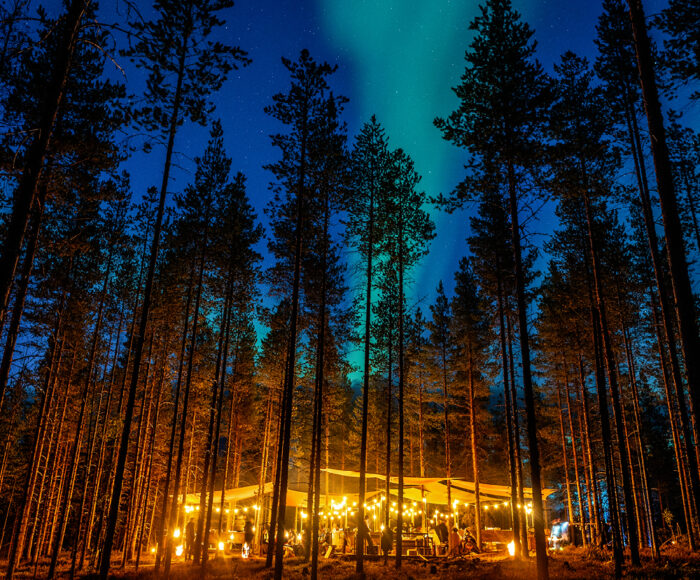
Summer is approaching. People in the north are looking forward to life during three months of midnight light. The snow covering the barbecue has melted, and it is time to eat out(side) again.
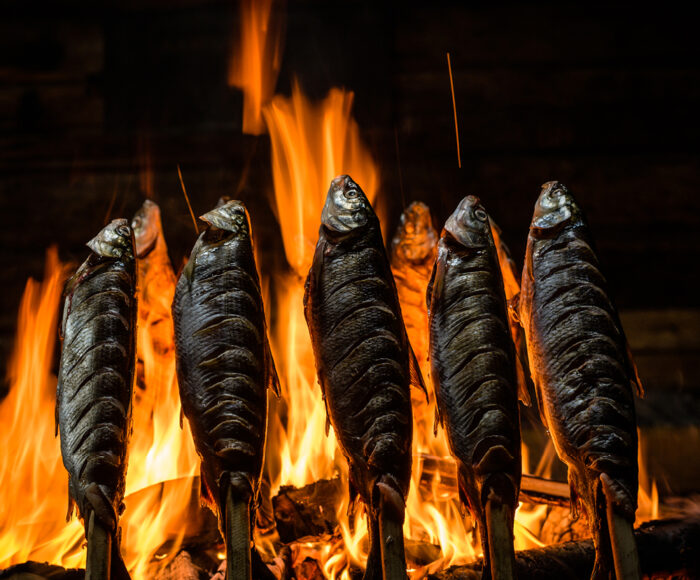
The seasonality of Arctic cuisine has created a unique food culture. In line with other parts of the green transition – where technological innovations are improving the future – sustainable cultivation methods are emerging in the north. From superberries and game to free-range cattle, during blizzards as well as warm summer nights.
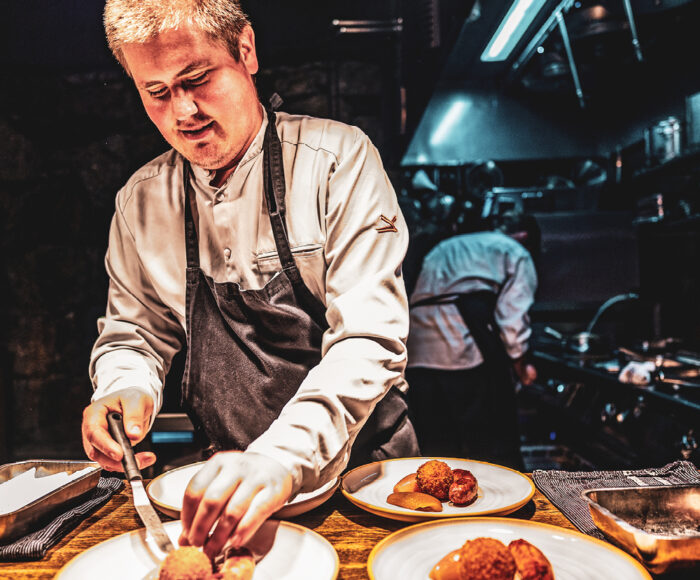
It’s not long until Ragnar Martinsson from Öland has worked as a chef in Riksgränsen for ten years. This fact still surprises him.
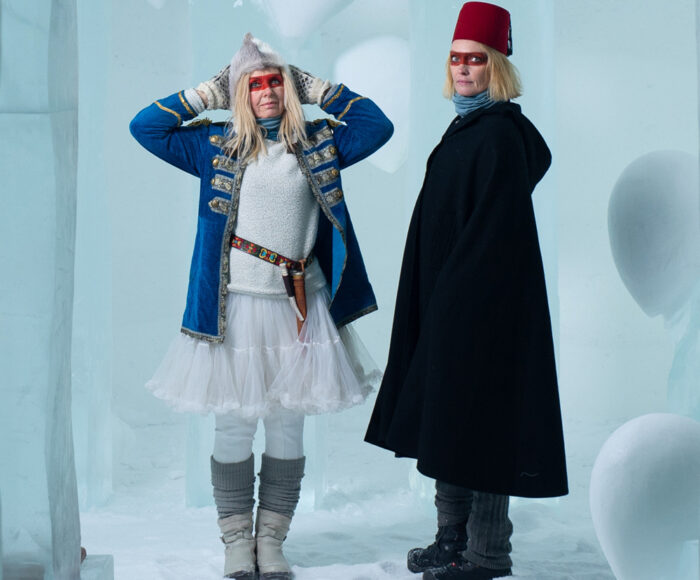
For those who are blind to the experiences close to home, it can be difficult to assign a value to a nearby place that has intrinsic beauty, quality and taste. We asked some of the world’s foremost creatives in food, design, art and architecture to explain their relationship with Sweden’s arctic destination, Swedish Lapland.
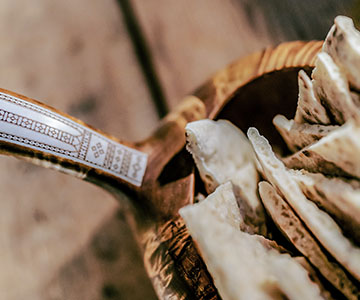
The Sámi word njálgge means tasty, as in a bit more of a party. In Jokkmokk, in the hands of food artist Eva Gunnare and reindeer herder Helena Länta, Njálgge is also a food adventure encompassing at least 20 dishes and eight seasons.
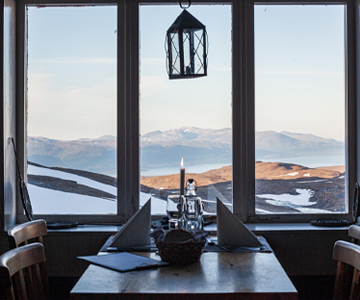
Fried Arctic char and boiled potatoes, in all their simplicity. It has been a long time since I ate so well and such uncomplicated food. Yet, the delicious taste is also associated with a very simple truth: Hunger is the best spice.
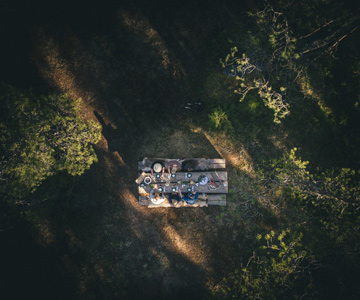
The freedom to roam is an essential part of life in the Nordic countries. In the Arctic region, it is a large part of our culture and our well-being. To be able to access and live off the land is a privilege for campers and foragers, but it also comes with responsibility. This is the edible as well as the drinkable country.
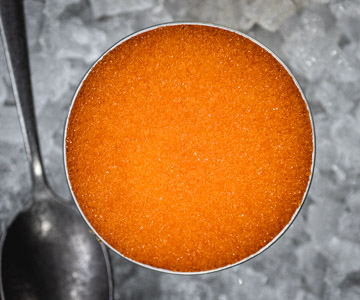
Kalix Löjrom, Kalix vendace roe, became Sweden's first food product to receive a protected designation of origin ten years ago. We tag along on a vendace roe safari to learn how this delicacy becomes one of the best dining experiences Swedish restaurants have to offer. We also get the opportunity to make our own roe. But first: a visit to the pub.
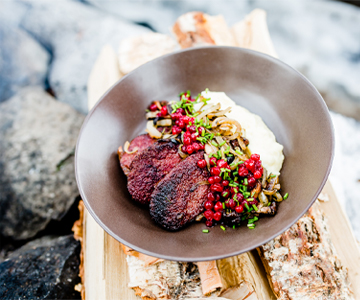
As far away as you can get from industrial foods, you'll find Sámi food traditions. Nothing goes to waste. Everything has its own unique flavour. Meet Ingrid Pilto, a Sámi food creator.
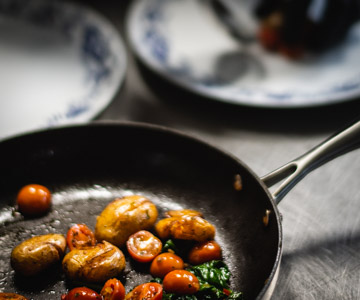
Eating well is part of every journey. Well, it could be the whole reason for the trip. This is the food story.
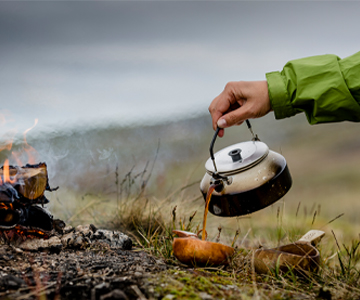
Markus and Rolf were given the mission to bless the world with dark-roast, coarsely ground coffee. Surely, you’ve heard the story about the northern lemmings bringing coffee beans home from Africa, floating home with the Gulf Stream to roast the beans with their body heat, in the Swedish mountains? No? Well, here it is.
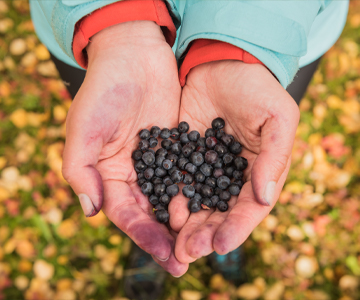
Blueberries are one of the most common plants in Sweden, loved by both humans and animals. Not only are the sweet little berries tasty, but they are also very good for you: magic and science in symbiosis. Thanks to the midnight sun, the berries here in the Arctic part of Sweden are also a little sweeter, a little more aromatic and a little more vitamin-rich.
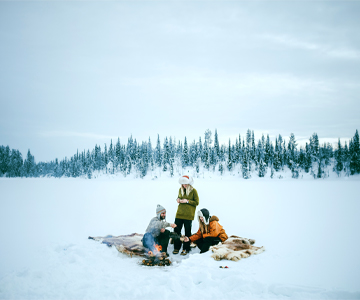
That Swedes have their fika (coffee and a snack), and that they drink lots of coffee, are well-known facts. But what's the thing about having it outdoors? What's the deal with coffee boiled over an open fire?
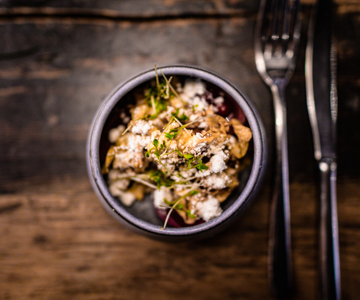
A road trip is simply a way of discovering things you've never seen before. If you give yourself the chance, you might also come across flavours you've never experienced before.
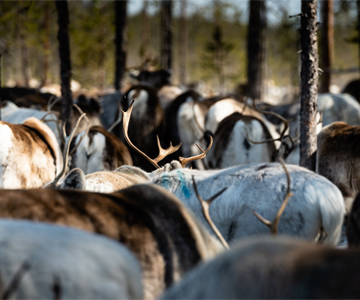
Mathias Dahlgren won the world chef championship, Bocuse d'Or, already back in 1997, and today, he's one of Sweden’s most famous chefs. His previous restaurant Matsalen, at Grand Hôtel in Stockholm, was named one of the 25 best restaurants in the world. These days Mathias and his chefs also do catering. And sometimes they come to Swedish Lapland.
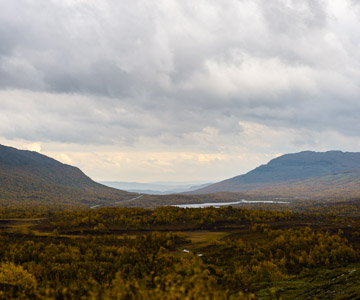
When you visit Swedish Lapland, you will notice that our food culture is closely intertwined with our lifestyle. There is a strong tradition that testifies to how we have lived from what nature has generously provided us with for many millennia. Join us on a guided tour of our natural resources, taking the shortest possible route to the plate.
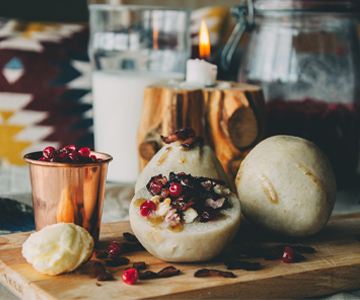
When in Swedish Lapland, exploring the nature of the Arctic, chasing the northern lights or just soaking up the sun 24/7, make sure you don’t miss out on the food. Some of the food we eat might sound a bit strange, but we highly recommend you try and get a taste of Swedish Lapland.
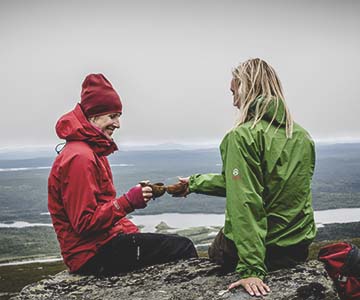
In Sweden, we love our coffee, and so-called boiled coffee (coarse ground and brought to the boil in a pan) is in many ways the national drink of Swedish Lapland. Preferably served with all the trimmings: coffee cheese, coffee meat, dried reindeer meat and reindeer tongue.
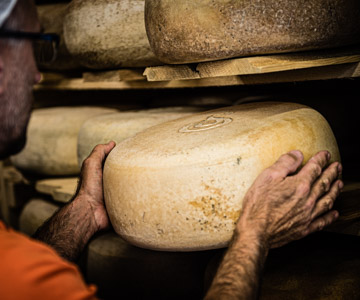
On the slope leading down to the lake, 37 cows are grazing. Some are drinking water on the shore. The grass is green and if you are standing out in the yard, the view of Lake Storkågeträsket is second to none. No, the rural romanticism cannot be ignored. Then again, this is where the life of one of Sweden’s most well-renowned cheeses begins.
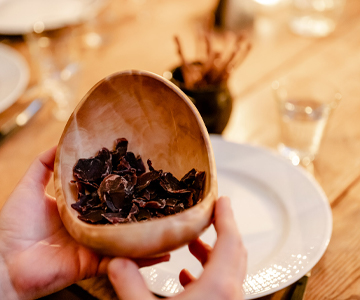
She moved from Stockholm to Swedish Lapland in her twenties to work at a mountain station and had her first life-changing experience. Several years later she had the next one as she found her calling as an ambassador for the taste of Swedish Lapland. Meet Eva Gunnare – food creator and curious explorer of nature.
This website is made as part of the project AHKKA, co-financed by the European Union and Region Norrbotten.



